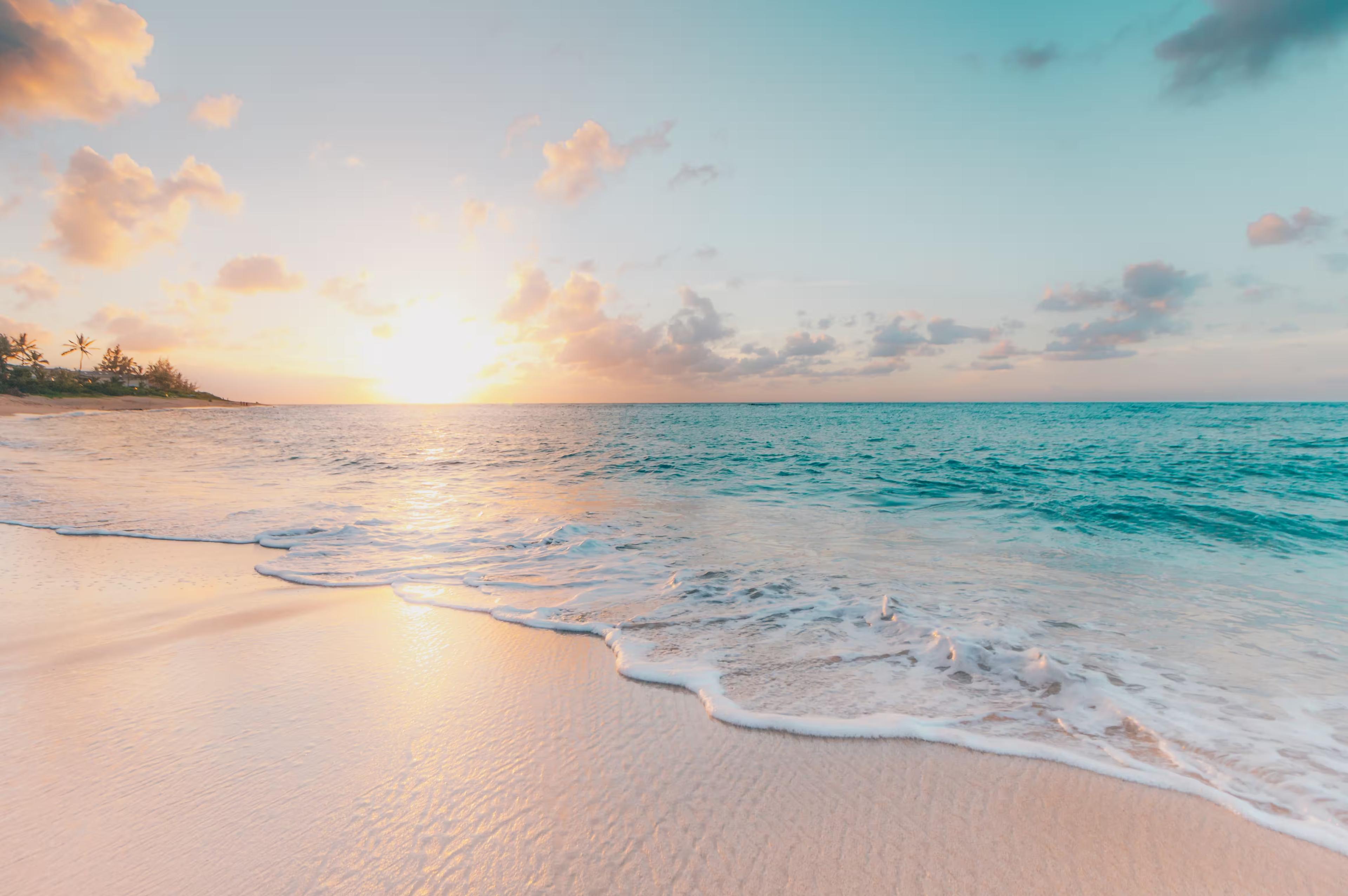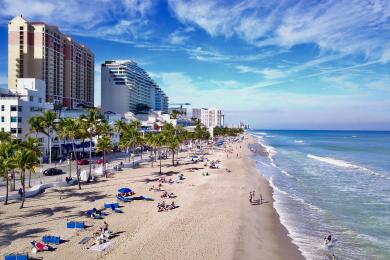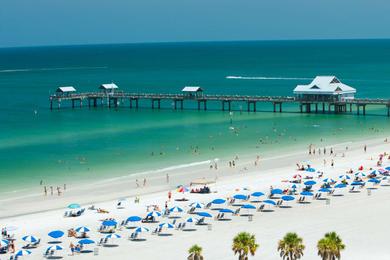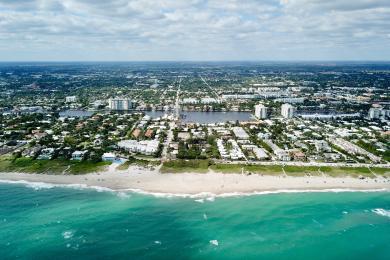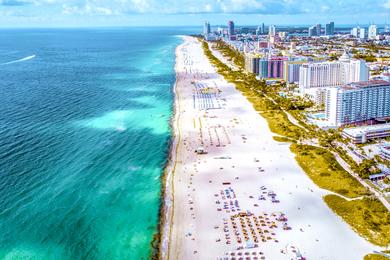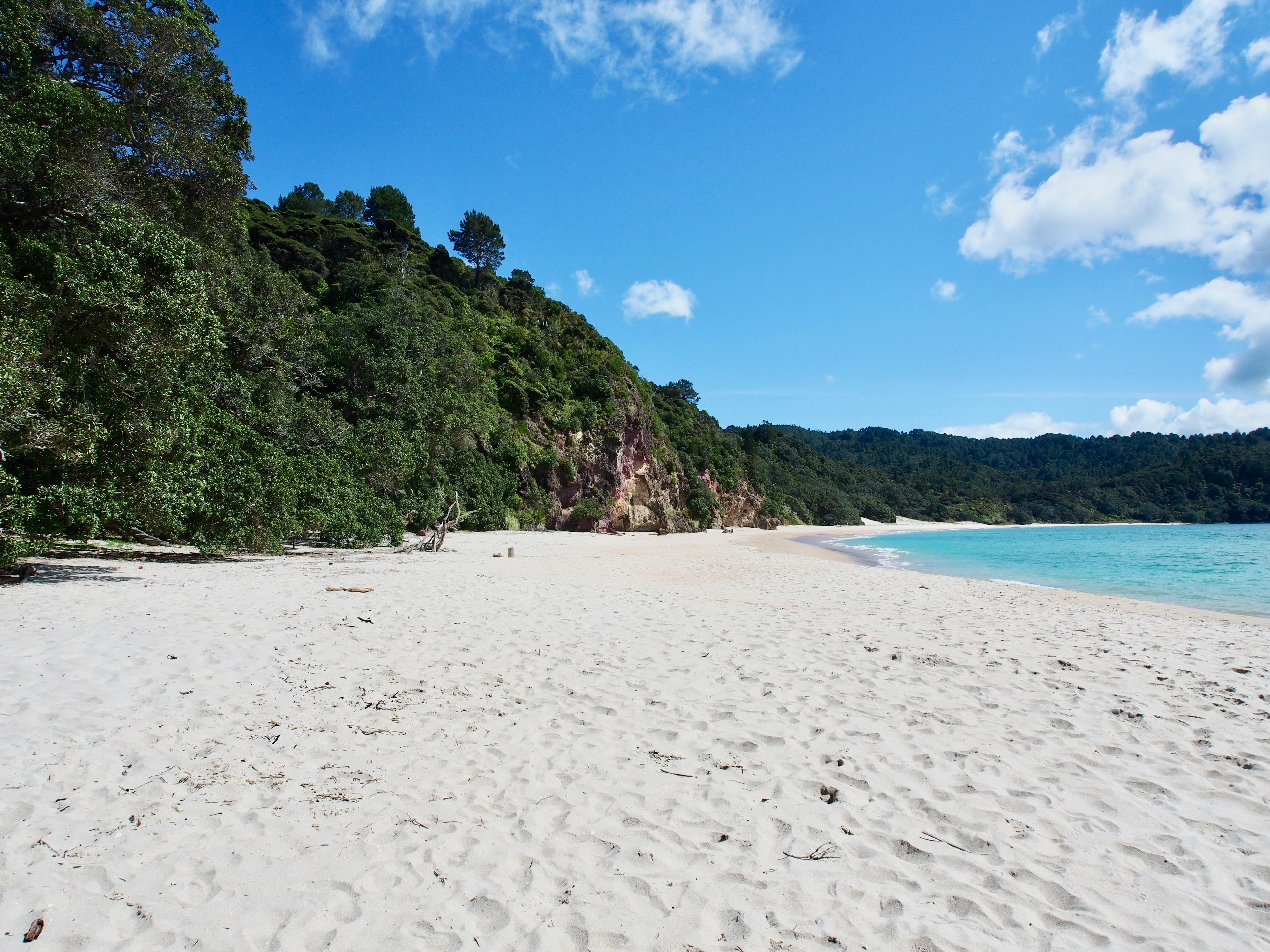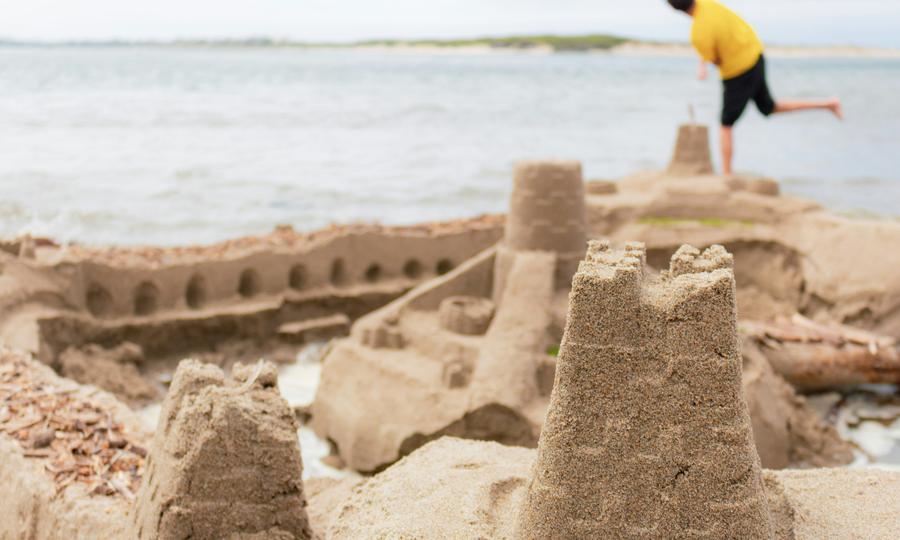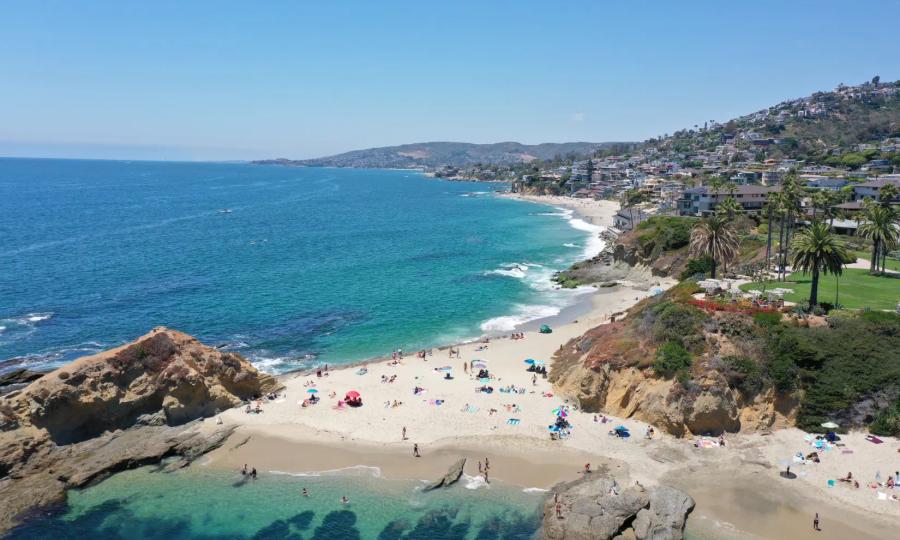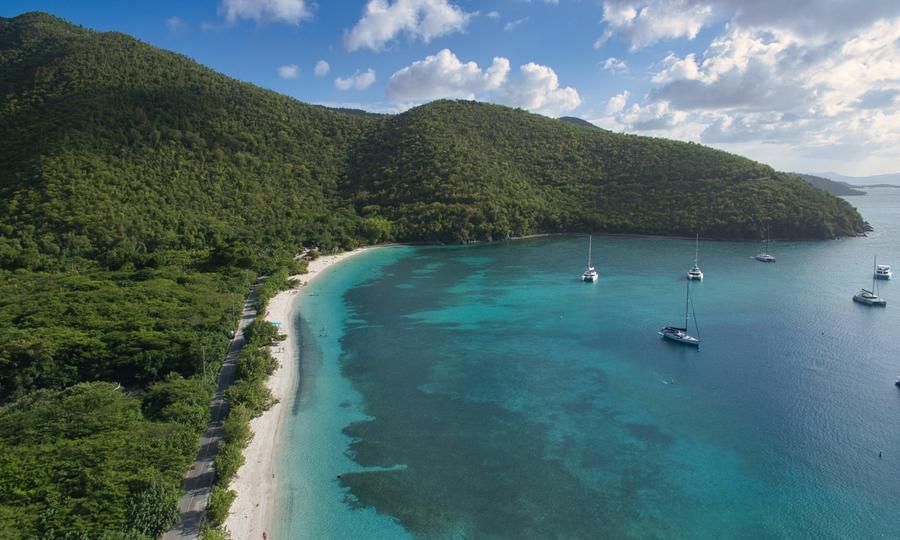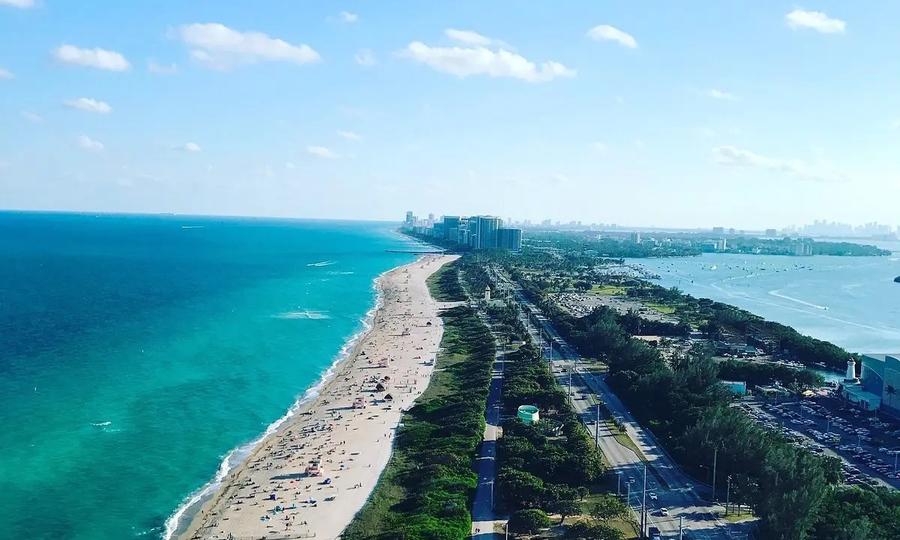Seaplane Beach is located within Dry Tortugas National Park, known for its pristine white sand and stunning tropical setting on Garden Key. The beach is framed by Fort Jefferson, a 19th-century fort that adds historical charm to the area. While the beach itself is narrow and long, the surrounding landscape is rich in tropical vegetation, creating a natural haven for wildlife and visitors alike.
Visitors typically access Seaplane Beach via seaplane flights, which offer panoramic views of the ocean and nearby islands. The proximity to Fort Jefferson makes it a site of both natural beauty and historical significance.
The beach's remote location adds to its allure, making it a tranquil escape from more crowded Key West destinations.

